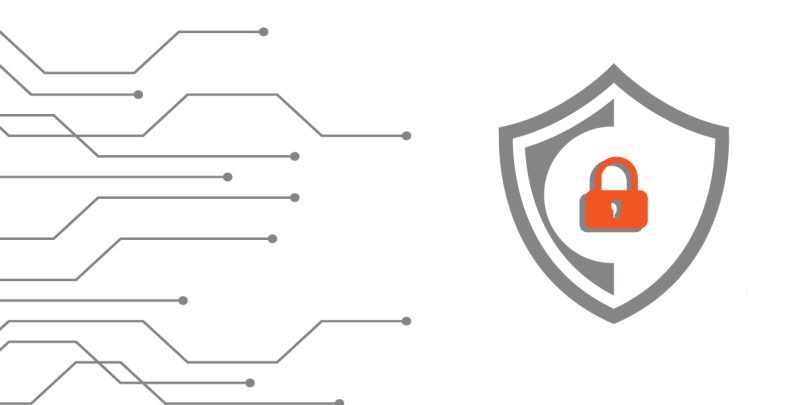
Mitigating information risk
Risk can come in many different shapes for organisations, and it will always be there. Management teams must acknowledge that risk is now a necessary component of doing business and put safeguards in place to reduce it. The first step in risk mitigation is to be proactive rather than reactive. It’s also important to realise that impact reduction rather than risk avoidance is the goal of risk mitigation strategies. Understanding how to reduce risk is about minimising the impact of a potential event. One of the most important issues to deal with is undoubtedly risk mitigation surrounding an organization’s information. The following five measures can be taken by an organisation to reduce the risks associated with its information governance program.
Penetration Testing
It makes sense that information security is a hot topic. Companies should look for a third-party partner to perform network penetration testing to identify any potential vulnerabilities. Particular attention should be paid during testing to locations where personally identifiable information (PII) may be kept and to records that are essential to the operation of the organisation. The penetration report will highlight weaknesses and offer suggestions for mitigating them. One of the most important methods to reduce risk is to protect your data from outside threats.
Training of Employees
Employees are one of the largest hazards to firms, according to numerous studies. Hackers can take advantage of human nature to access your information by tricking people into clicking on harmful links or falling for social engineering. All staff should get ongoing, thorough training to reduce this danger. Information handling and protection from internal and external threats should be covered in training.
Privacy Impact Assessment
Knowing what you have and where it is will help you determine what needs protecting. An company can safeguard PII by knowing where it is stored thanks to a privacy impact assessment (PIA). PIAs can help an organisation understand whether the information is at risk and whether it needs to be transferred, encrypted, or securely erased. PIAs can also assist a company in figuring out what data its providers have and collaborating with them to reduce system risks. In order to reduce risk, a skilled information governance partner should be able to offer a fully scoped PIA, compliance, maturity, and other evaluations.
Asset Management
Tracking physical assets like computers and phones is typically an extraordinarily strong suit for organisations. They must track information assets with the same diligence. Information tracking reveals who has access to what and when. When adding physical assets to a network, organisations must have a robust onboarding procedure in place and be careful not to grant each object more access than is necessary. While an employee misplacing an encrypted laptop could be annoying, misplacing an unencrypted USB device containing confidential information is a nightmare.
Intrusion Avoidance
Despite what some people might wish, it is impossible to make a network or system completely safe. Putting alerts and notifications in place reduces risk since they alert management to problems as soon as they arise. Companies discover a data breach on average over 200 days after it occurs. When a breach is discovered on day one, a corporation can act right away to avert a catastrophe.
An organization’s Information Governance program and risk mitigation strategy and plan must be in place. Don’t wait for a catastrophe to strike; take action now to position your business for success.

Recent Comments